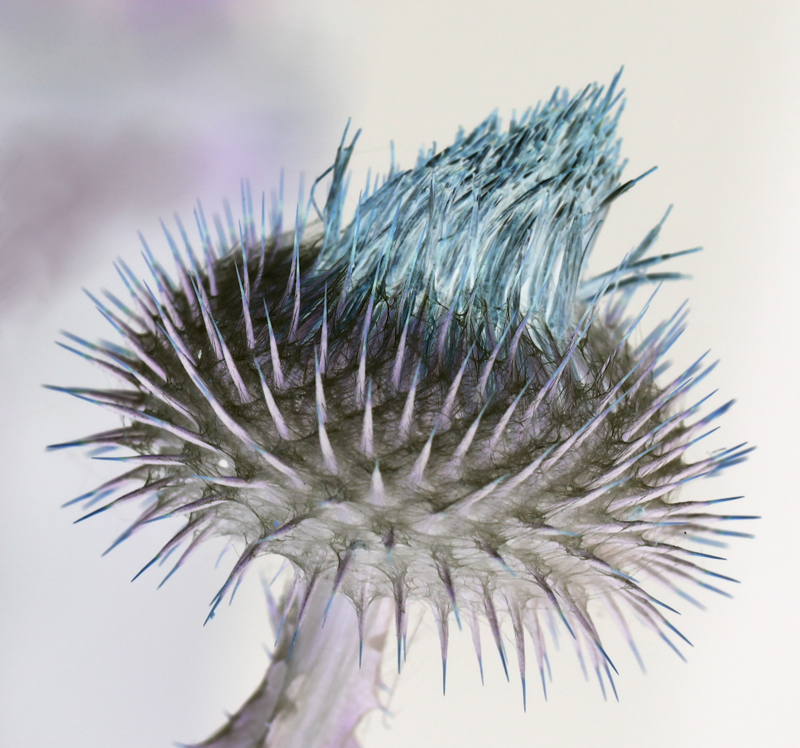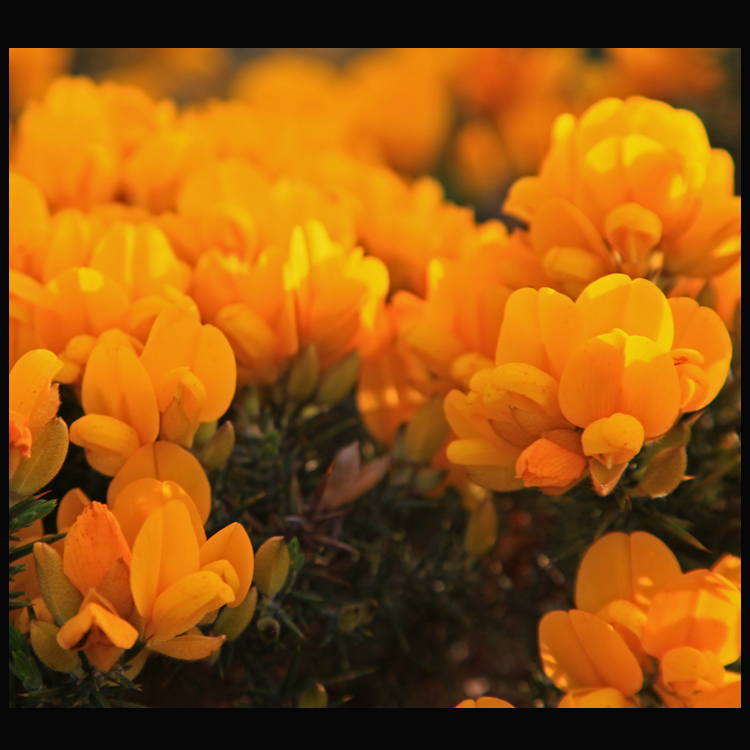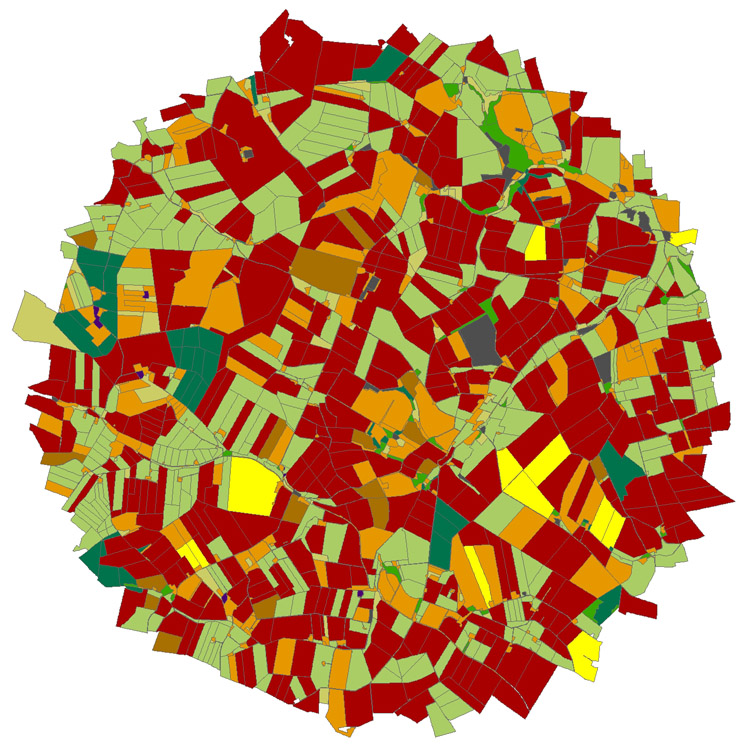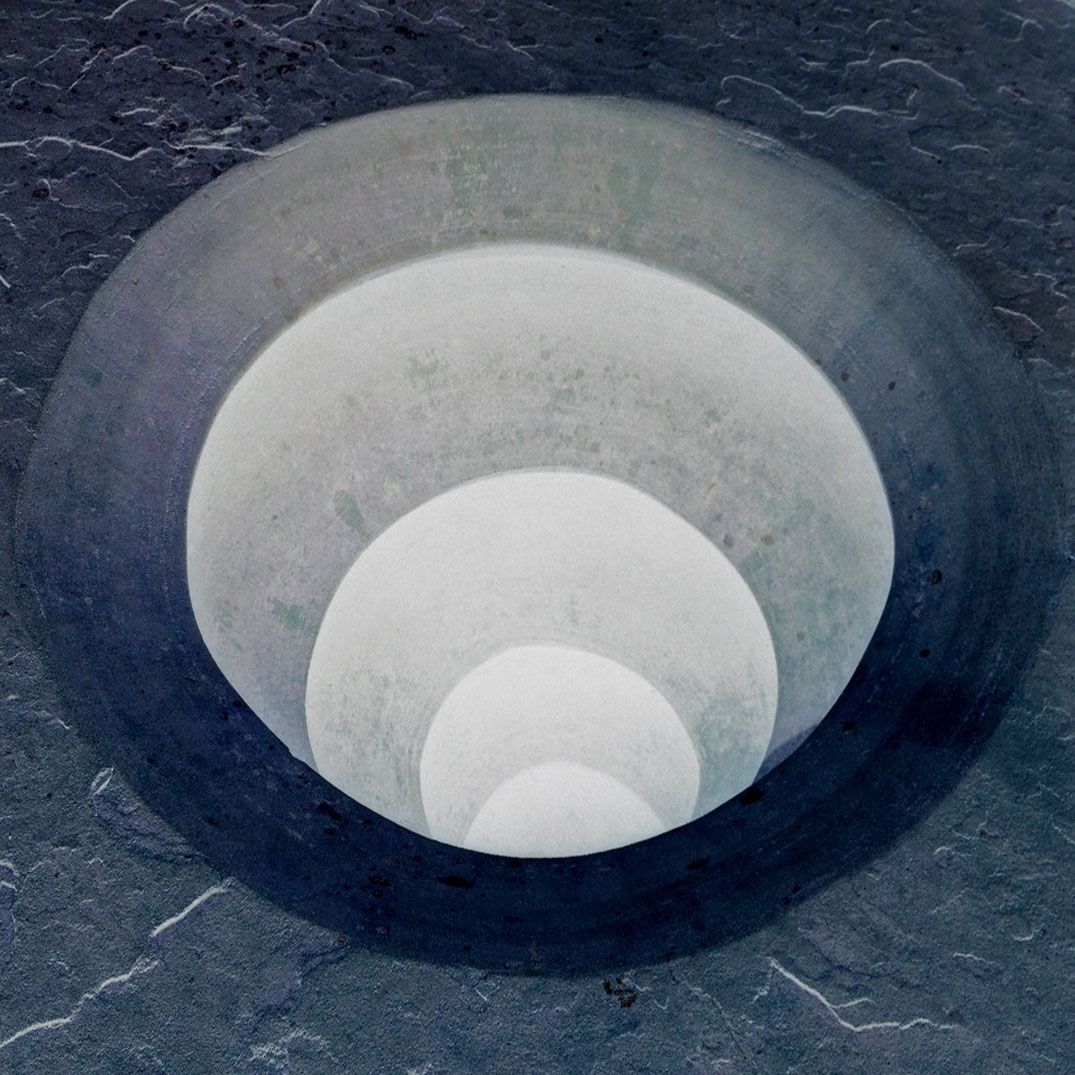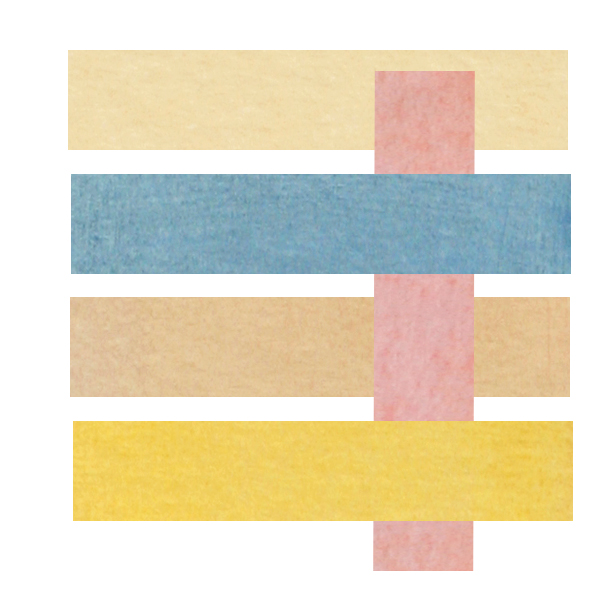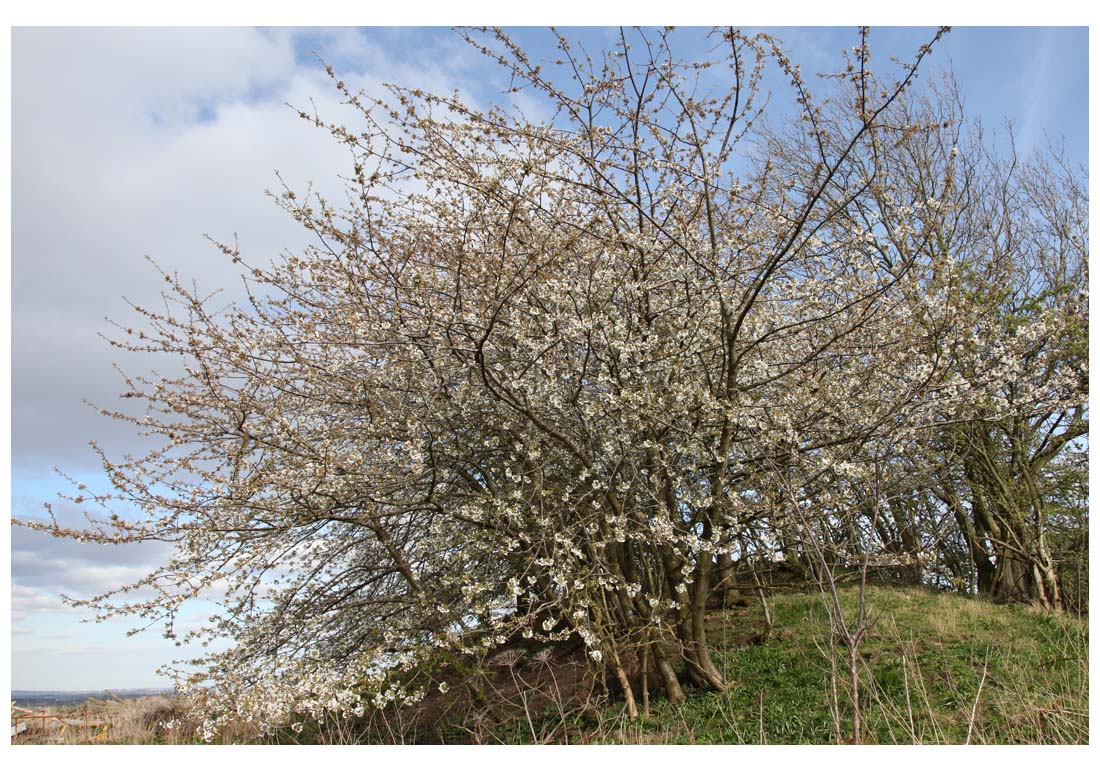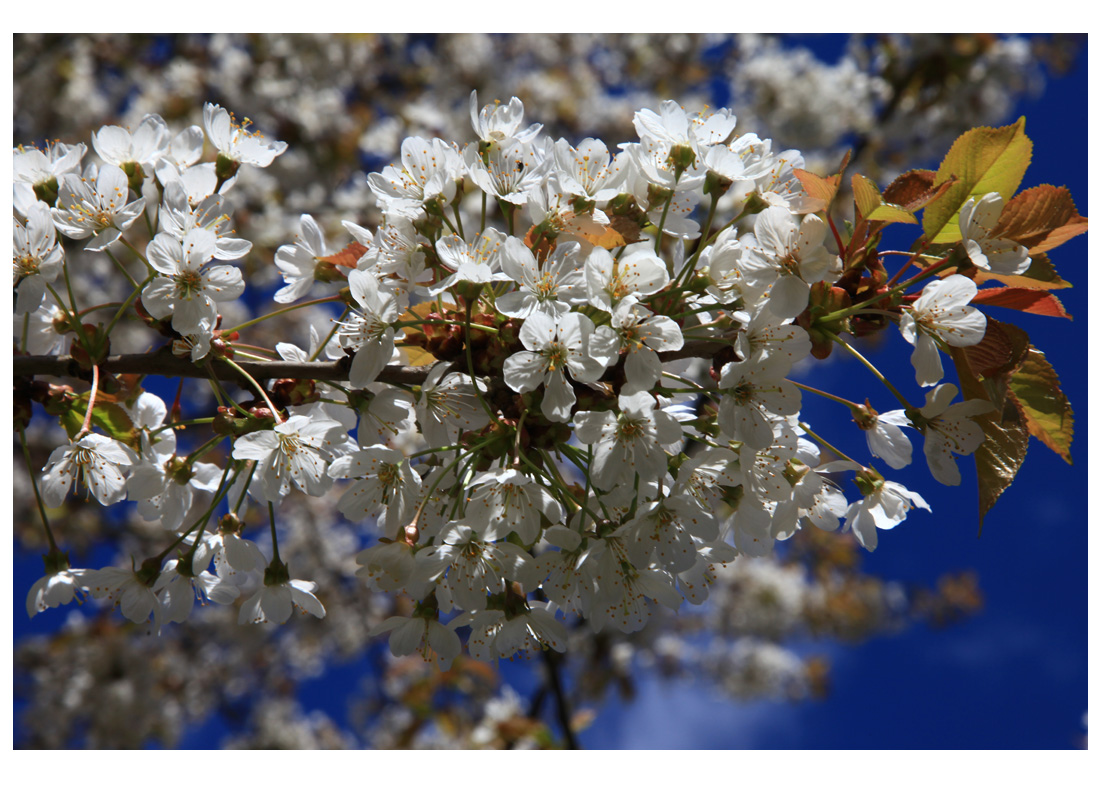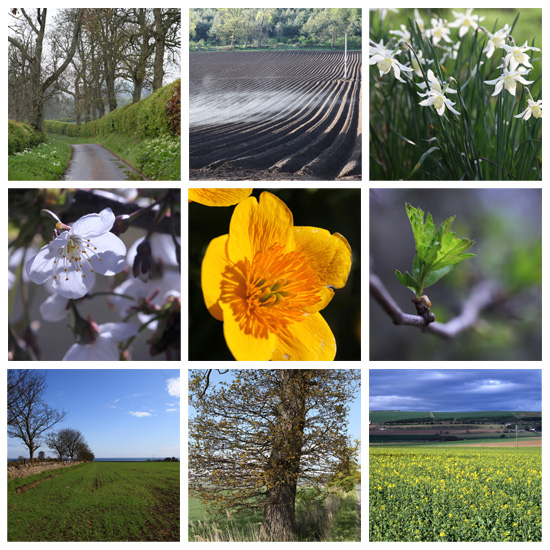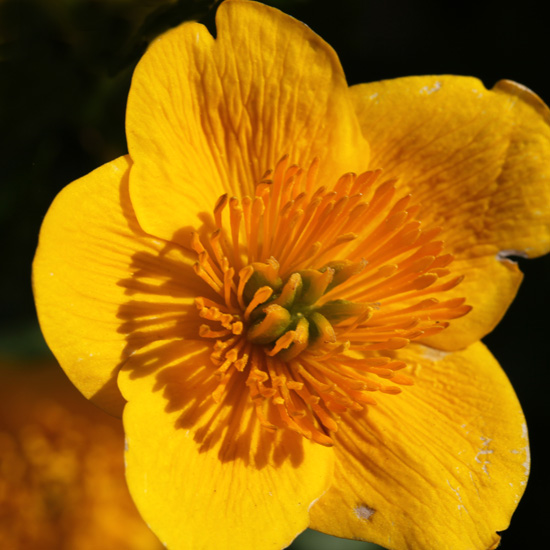The hawthorn Crataegus monogyna is the fourth of the common small trees of the Rose family to flower white in spring and early summer. It follows blackthorn, wild cherry (gean) and bird cherry, reaching its peak flowering in May, and unlike the blackthorn puts out its leaves before it flowers. While marsh marigold flowers before May Day and before the second cross quarter day of the year, hawthorn here reaches its peak flowering in the middle of the month. This year, 2014, all four of the thorns and cherries were covered in turn in masses of white – a spectacular sight.
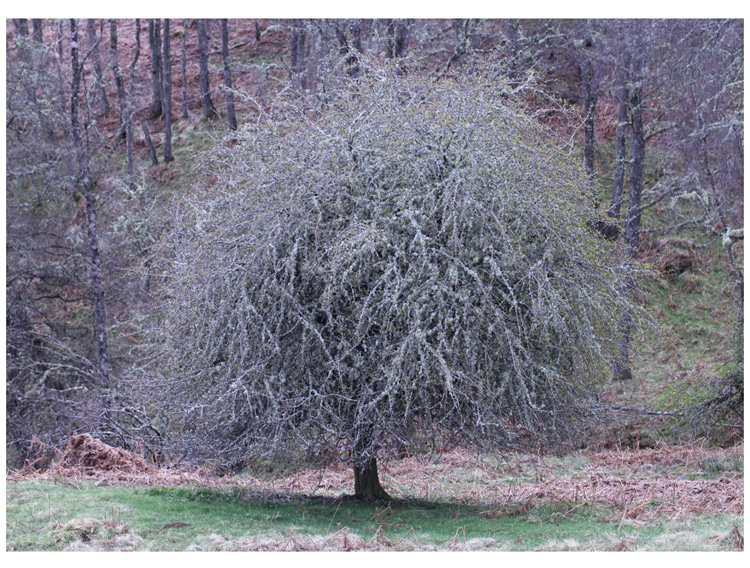
Hawthorn is the last in the year of the small trees with a clear white blossom and the last with a fragrance. Next comes rowan with a mousy tinge to its flowers, and the much rarer wild service tree, even more mousy in look, and in smell too – that first-whiff-of-dead-mouse unmistakably filtering down from the tree’s branches as it filters down from the deceased rodent in your roof space.
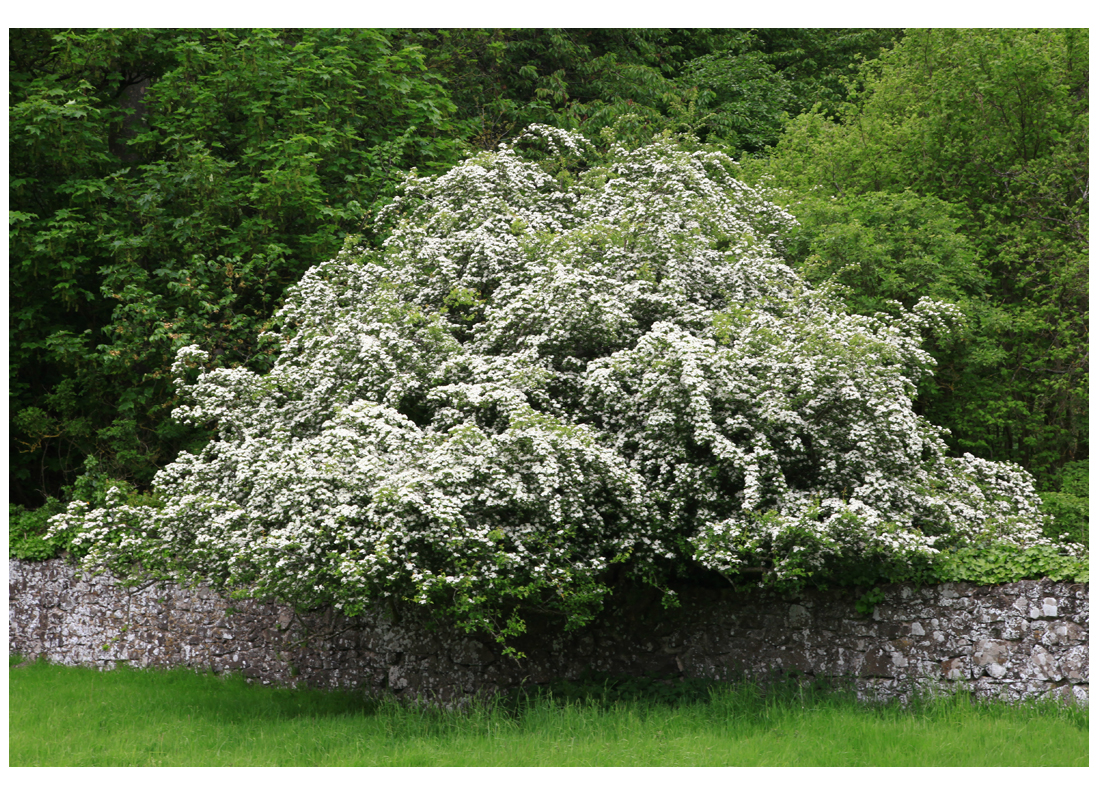
Hawthorn, if left in a clearing and unchopped, forms a fine small tree, as in the upper image above, just coming into leaf at Balnaguard Glen, and immediately above, in flower behind a stone wall at the southern base of the Sidlaw Hills. It is more common in a hedge, sometimes planted, sometimes self-sown. Where hedges are cut close each year, it hardly flowers, except in gaps or at the ‘ends’, for example next to a gate.
Hawthorn joins meadowsweet, agrimony, lady’s mantle, wood avens, raspberry, strawberry, cherries, apples and pears as useful members of the Rose family. It makes a good thorny hedge (to keep stock in and – historically ? – people out), a hard wood for tool handles, and a source material for dyes, teas and various concoctions. Its many mythical and supernatural associations are related in Grigson and Mabey’s Flora Britannica.
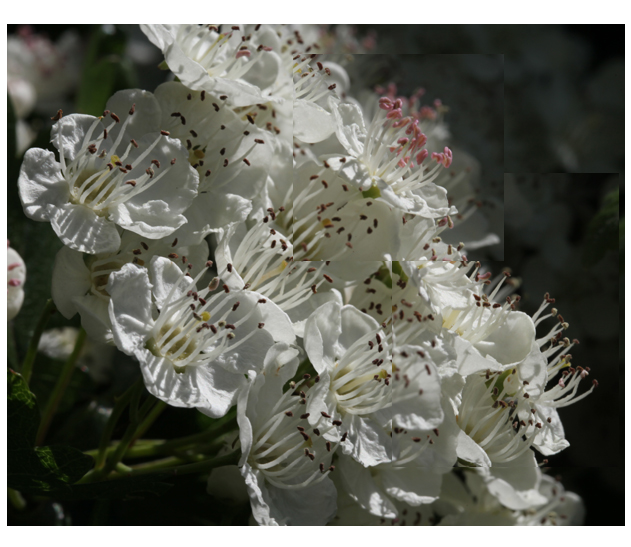
The flowers of the Rose family are simple, most parts distinct and visible. The sepals and petals are usually in fives, as in the image above, and the central female, tubular stigma is surrounded by many male stamens whose pollen-bearing anthers change from a first, fleshy, deep pink to brown and then shrivelled black, all in a few days. In the compound image above, of the same branch, but focussed on two different planes, the pink anthers are of a flower just opened while the rest are past their prime.
The fruits, known as haws, ripen to crimson in autumn and define the croplands’ hedges and copses as much as the hips of the wild roses and the sloes of blackthorn. Few people now collect and know what to do with these natural products.
{to be continued]

